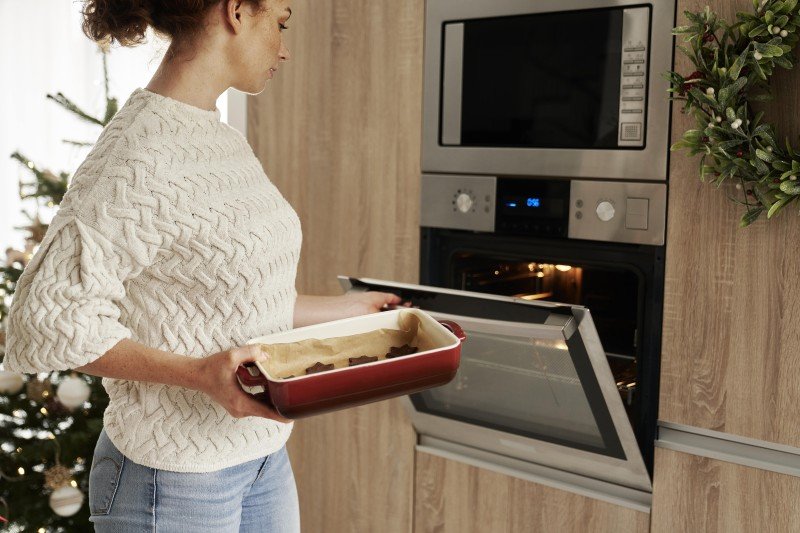15 Things You Don't Know About Hob And Oven

Understanding Cooker Hobs and Ovens: A Comprehensive Guide
In modern-day kitchen areas, cooker hobs and ovens are fundamental home appliances that specify cooking routines and choices. Picking the right combination of these devices can substantially boost cooking experience, enhance performance, and even elevate home visual appeals. This short article will explore various elements of cooker hobs and ovens, clarifying types, features, advantages, and upkeep pointers, while also addressing common queries.
Types of Cooker Hobs
Cooker hobs come in different types, each with distinct features accommodating different cooking designs. Here's an overview of the most common types:
| Type | Description | Pros | Cons |
|---|---|---|---|
| Gas Hob | Utilizes gas burners for heating; offers instant temperature control. | Immediate heat and outstanding control. | Needs a gas connection; may be less safe. |
| Electric Hob | Operates utilizing electric coils or smooth surface; warms up gradually. | Even heat distribution; simple to tidy. | Takes longer to heat up; less control. |
| Induction Hob | Utilizes electromagnetic fields to heat pots straight, making it energy effective. | Fast cooking; energy-efficient. | Requires compatible cookware; more pricey. |
| Halogen Hob | Uses halogen bulbs for instant heat; offers instantaneous temperature level adjustment. | Incredibly fast heating; noticeable heat. | Consumes more power; may not equally heat. |
Choosing the Right Hob
When picking a hob, think about the following aspects:
- Cooking Style: Do you choose the accuracy of gas, the convenience of electric, or the performance of induction?
- Cookware Compatibility: Ensure your pots and pans are suitable with the type of hob.
- Kitchen Layout: Space and design often determine the type of hob that fits your kitchen.
Kinds of Ovens
Similarly, ovens have actually evolved considerably, offering numerous cooking techniques that can match specific culinary styles. Here are the common kinds of ovens:
| Type | Description | Pros | Cons |
|---|---|---|---|
| Traditional Oven | Standard baking oven that utilizes electric or gas heat from the top and bottom. | Versatile; helpful for baking. | Longer preheat and cooking times. |
| Stove | Utilizes a fan to flow hot air, enabling even cooking and quicker baking times. Disperses heat evenly. | Faster cooking; even browning. | Somewhat more costly; may dry food out. |
| Steam Oven | Cooks food using steam, preserving nutrients and moisture. | Healthier cooking; maintains food taste. | Takes longer to cook; more pricey. |
| Microwave Oven | Utilizes electromagnetic radiation to heat food quickly. | Instant cooking; suitable for reheating. | Limited cooking techniques; may impact texture. |
Selecting the Perfect Oven
When picking an oven, keep these factors in mind:
- Cooking Habits: Are you a regular baker or most likely to reheat leftovers?
- Space Requirements: What are the measurements of your kitchen?
- Spending plan: Consider not just the purchase rate however likewise energy performance in time.
The Importance of Cooker Hobs and Ovens in Cooking
The best combination of cooker hob and oven can improve culinary abilities, enabling food enthusiasts to experiment and produce a wide variety of dishes. Here are a few reasons that these home appliances are crucial:
- Efficiency: Modern hobs and ovens come with features that optimize cooking energy and times use.
- Flexibility: Different cooking techniques (bake, grill, roast, steam, etc) broaden the variety of dishes one can prepare.
- Aesthetic Appeal: Stylish styles can raise the total look of a kitchen, making it both functional and inviting.
Often Asked Questions (FAQs)
1. What maintenance do cooker hobs and ovens require?
- Regular cleaning after usage to prevent accumulation.
- Periodic look for gas leakages (for gas hobs).
- Ensuring the electrical connections are safe.
2. Can I utilize any cookware on an induction hob?
No, induction hobs require ferrous cookware (i.e., magnetic) to operate. This indicates stainless steel and cast iron work, while glass and aluminum pots might not.
3. How do I figure out the right size oven for my kitchen?
Step your available space and think about the volume of cooking you typically carry out. Requirement ovens vary in size, and larger models normally have additional functions.
4. Buy Electric Oven Online than conventional ovens?
It depends on personal preference. Stove offer faster and more even cooking but may not be ideal for all baking dishes, particularly those needing particular temperatures.
5. What is the average life expectancy of a cooking hob and oven?
With correct care, both hobs and ovens can last anywhere from 10 to 20 years, depending upon frequency of use and maintenance.
Selecting the right cooker hob and oven not just enhances the cooking process but can also redefine one's culinary experience. Comprehending the various types, their benefits, and maintenance will empower consumers to make informed choices, guaranteeing that their kitchen is equipped to handle meals from the easiest to the most sophisticated. Understanding about the abilities of these important devices permits cooking imagination and effectiveness, eventually leading to a more enjoyable cooking journey.

